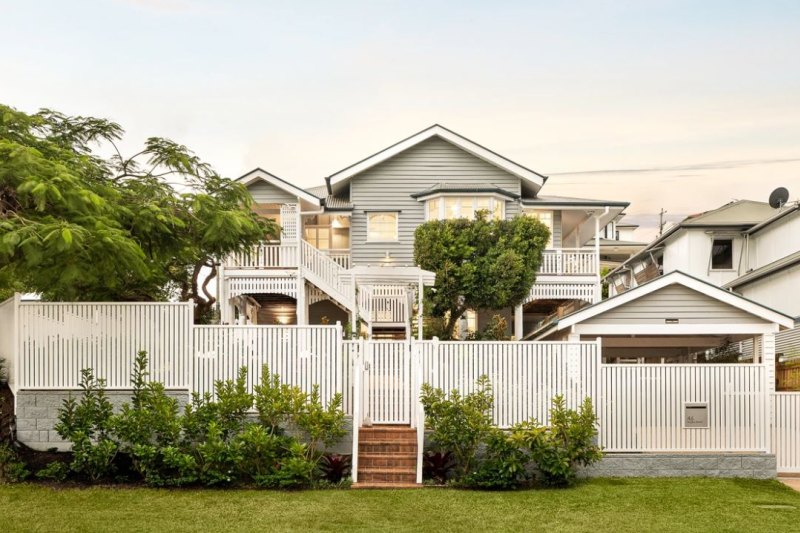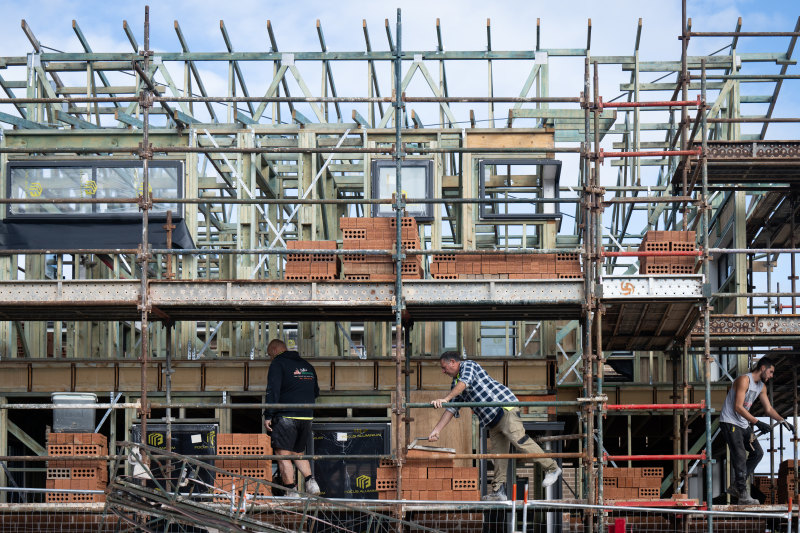
Non-bank lenders tighten the reins as sales decline
Non-bank lenders are tightening the reins and have identified a range of property sectors where they will refuse provide to loans for developers and owners in coming months.
In a sector that provides lending at higher prices for the higher risk developments, the global pandemic has led many to re-assess their customer profile. Lending in the non-bank sector in Australia is estimated to be worth more than $50 billion.
It comes as the level of sales transactions across the office, residential and retail sectors has fallen dramatically and while some lending is still occurring, it is only for high quality and well-located developments.
Chifley Securities, which has about 140 lenders as clients offering loans from $15 million to $50 million, says it has gone from looking at lending on a geographical basis to an asset class focus.
As the economy slows Chifley has identified large scale, greenfield residential developments, commercial offices and retail spaces, and hospitality focused commercial and industrial premises as where it will not provide financing in the second half of 2020.
Chifley Securities principal Dominic Lambrinos said these are sectors which are expected to experience problems over the next the next 12 months as the economy and property development slows down.
“We have seen a drop-off in investors in recent months and the latest, lower home-finance figures indicate there are speed humps ahead which we all have to work how to manoeuvre around,” Mr Lambrinos said.
“We have definitely gone from examining loans on a geographical basis to asset class.”
He said areas such as development and construction of well-located boutique residential projects and hotels, boarding houses and student accommodation facilities will continue to be supported. “These sectors, especially in the build to rent area, are showing solid long-term prospects with continued demand, despite the short-term pain being experienced.”
Overall demand for assets remains in decline with figures from JLL Australia showing transaction volumes are likely to fall sharply in 2020.
JLL head of capital markets – Australia Fergal Harris said the pace of the economic recovery will have significant implications for commercial property, but that the unprecedented policy measures have provided support to global equity markets, “limiting the denominator effect relative to the GFC in 2008/09”.
He said credit market conditions will also play an important part for liquidity of real estate markets going forward.
“Private debt markets are continuing to operate for well-rated borrowers. For core assets, we have only seen a 10 to 25 basis point movement in post COVID-19 pricing for a five year loan,” Mr Harris said.
“Across Australia’s commercial real estate investment assets, a clear hierarchy is emerging, with prime grade industrial & logistics and commercial office proving to be the most resilient sectors.”
The greatest income risk is in the retail sector, while secondary grade assets across all sectors are expected to experience higher vacancy and income challenges.
Rob Ellis – director of The Data App, a prop-tech focused on research and advice – says retail deals “slowed to a trickle in June”.
“TDA estimate both the value and volume of shopping centres transacted, in trend terms are now at the lowest level for eight years,” Mr Ellis said.











